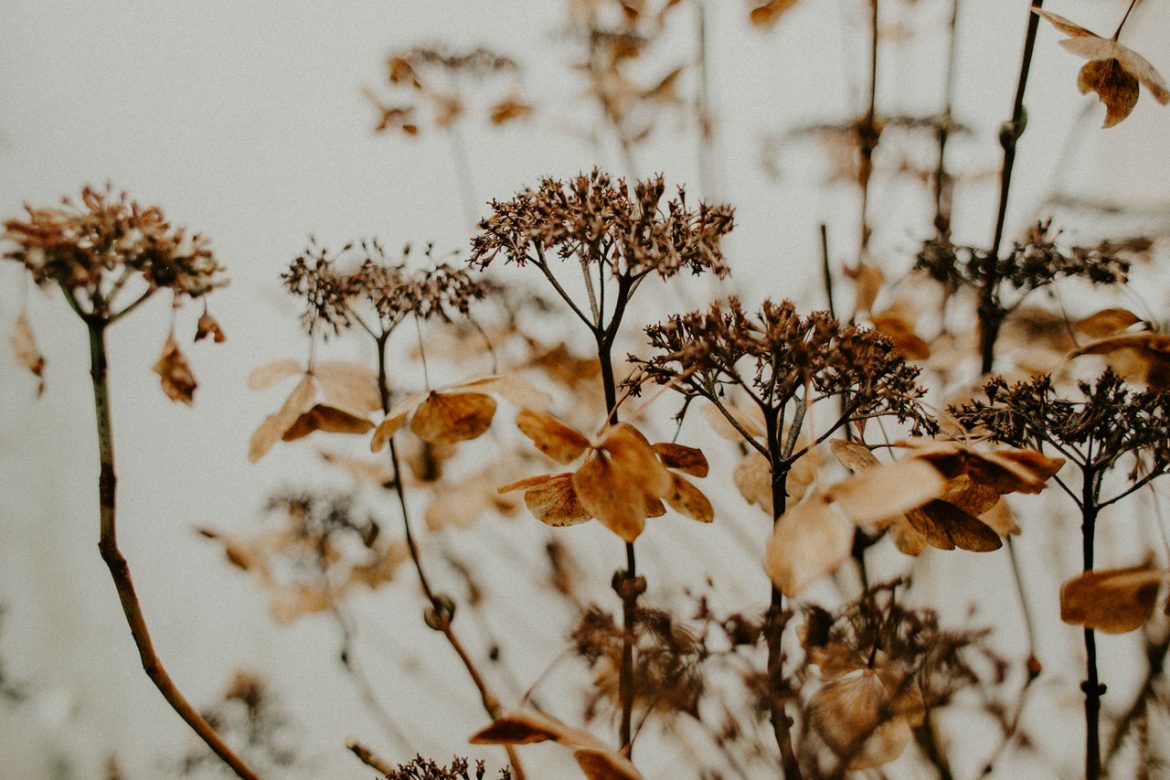Autumn may not be as full of blooms when compared to spring, but you can bring more color to your garden by choosing the best fall flowers that suit the season well. Your primary consideration, of course, should be the plant’s ability to grow in colder weather. Fortunately, there are many perennials to choose from. You can also opt for annuals, if you’re looking for an inexpensive alternative or if you want to try out a particular variety for the first time.
Creating a colorful fall garden doesn’t really take much work. It all boils down to your timing! You would want to begin planning and planting around September onwards, to ensure full bloom as the season hits its peak.
Fall Flowers: Starting from Seed vs. Buying Seedlings
This really depends on you and how much work you’re willing to put into it. For some folks, starting from seed gives them a greater sense of joy. There are some risks involved in doing this, since the window of opportunity for planting can be quite small. Seasoned gardeners should have no issue with planning, but if you’re a newbie, you might want to do a lot of research if you’re starting your plants from seeds.
One advantage of starting from seed would be that you don’t have to wait for greenhouses to start selling fall garden flowers. You’ll also have more options than what’s available in these garden centers. If you’re looking to try a variety that’s a bit rarer, starting from seed is your best bet.
If you don’t have much time on your hands, however, then buying plants is an option. The key here is to purchase your fall flowers before autumn actually comes. If you start planting late in the season, you effectively shorten the plant’s lifespan and the time you get to enjoy them. For the most part, unless you live somewhere warmer, you would have to play things by ear. Make sure the ground isn’t too hot when you begin putting plants in the ground.
Consider the Hardiness Zone
If you want to know whether a plant is viable for growing in your location, you can always use the Plant Hardiness Zone Map. Despite how they look on the outside, some plants are hardier than others. This means that they would be able to tolerate harsher conditions—especially when it gets cold.
How do you use the map? Let’s say you have fall blooming perennials you want to add to your garden and you want to know if they will survive in your region. Check the map for your location and find out which zone you’re in. Online, you’ll be able to find out which zones are best suited for plants, so you can check if you’re the right match.
Now, don’t get discouraged if the numbers aren’t an exact match. Most plants can survive in more than one zone, as long as the difference in temperature isn’t too big. You can even risk it a bit and try growing zone 6 plants even if your current location is best suited for zone 8 plants!
Fall Flowers: Perennials vs. Annuals
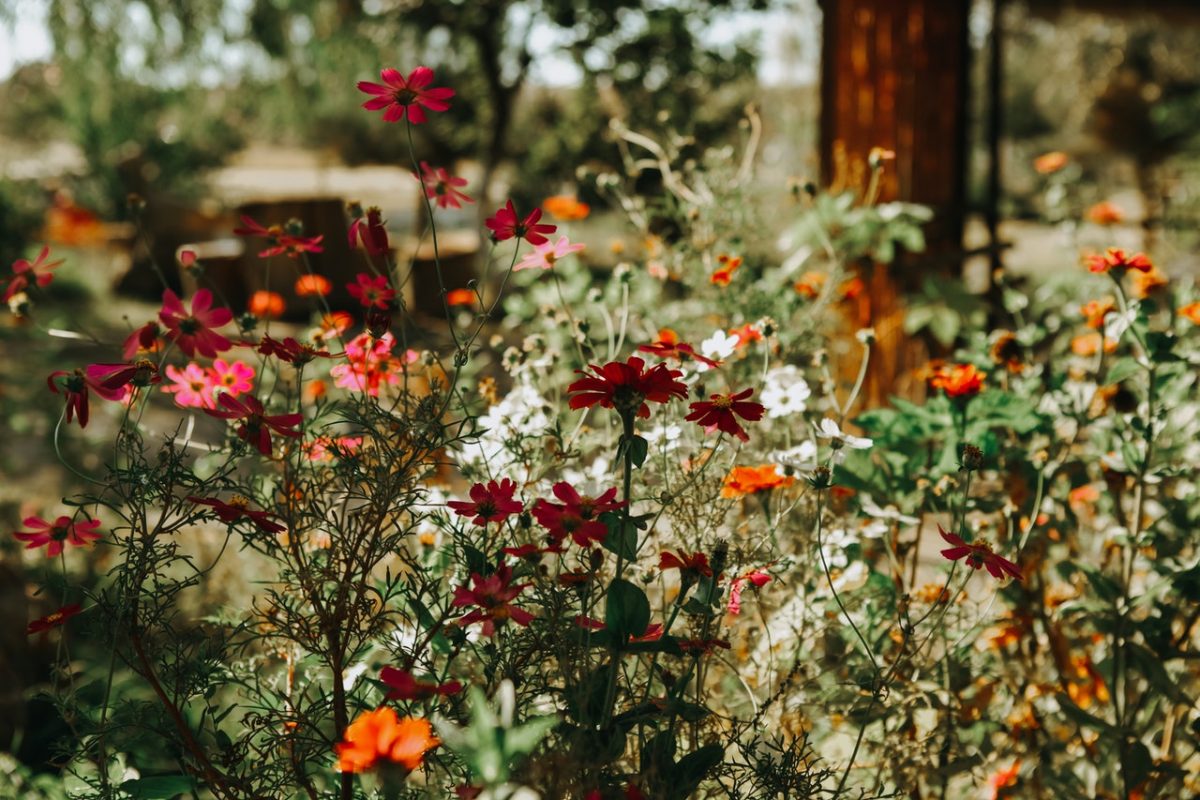

You’ve probably read or heard these terms being used when it comes to plants. The difference between the two is pretty clear-cut.
Perennials: These are plants that will come back for many seasons. Their top growth usually dies in winter, before pushing out new growth come springtime. When it comes to fall flowers, perennials tend to be the least flashy in appearance. They also bloom for a shorter period of time. Nonetheless, they still make for lovely garden flowers that only require one-time planting.
Pros: Their flowers last for about four to six weeks. You can also start dividing the plants after four years to create more! It also requires less care.
Cons: These are a lot more expensive.
Annuals: These are plants that die after they flower. Of course, they can sprout new growth from any seeds that drop after they have wilted. These colorful flowers will bloom all season long until frost arrives. Compared to perennials, these plants come in a wider variety of color. Expect purple flowers, blue flowers, and an assortment of pink flowers!
Pros: Less expensive and the blooms are superior. If you want a lush display in your garden, this is the best option.
Cons: These will require more attention and you will need to repurchase them each year.
What are Biennial Plants and Flowers?
If you want the best of both plant varieties, try biennials. These are basically plants that have a longer life-cycle when compared to annuals, but are relatively short-lived perennials. They are a great in-between, to fill in any gaps when it comes to your autumn garden.
Do note that during the first growing season, a biennial plant will only produce foliage. So, don’t expect a show of beautiful flowers until its second year. Only then will it produce blooms and set seed!
When it comes to variety, biennials can produce a gorgeous display of fall flowers. Some of the most common garden blooms, such as pansies and forget-me-nots, are biennial. Like perennials, these don’t require a lot of care—which is why many beginner gardeners opt to plant them as well.
Fall Flowers: Planning Your Landscape


Aside from choosing the right type of blooms for your garden, another thing to keep in mind is the landscape design. Sure, you’re free to plant wherever you wish—but it would be more pleasing to the eye if you consider design when putting everything together. It need not be complicated, but you can further boost the beauty of garden flowers by following some of these tips:
- Form: This pertains to the overall shape of a plant. You can create visual interest by utilizing contrasting shapes. For example, putting together spiky plants alongside softer blooms creates a dynamic group. If you can find plants in complementing colors, this will add further interest to your garden!
- Layers: Do consider your plant’s height as well. Some flowering plants can grow into shrubs, while there are varieties that carpet the ground instead. Having a nice balance of high and low plants will keep your fall garden from looking too monotonous.
- Color: Aside from plant size and height, color also matters. Beyond choosing complementing colors, you should also consider going for a scheme. Some people go all out and plant blooms in gradients—going from darkest to lightest in a row. You can also choose a lighter scheme, with pink and white flowers. These colors create a romantic look.
When it comes to fall flowers for your garden, you can get really creative with a lot of things. You can play with shape and add other elements such as an arbor, or even integrate them with a gazebo! If you plan ahead of time, you’ll have more room to adjust things accordingly and create your dream garden.
20 Best Fall Flowers to Plant in Your Garden
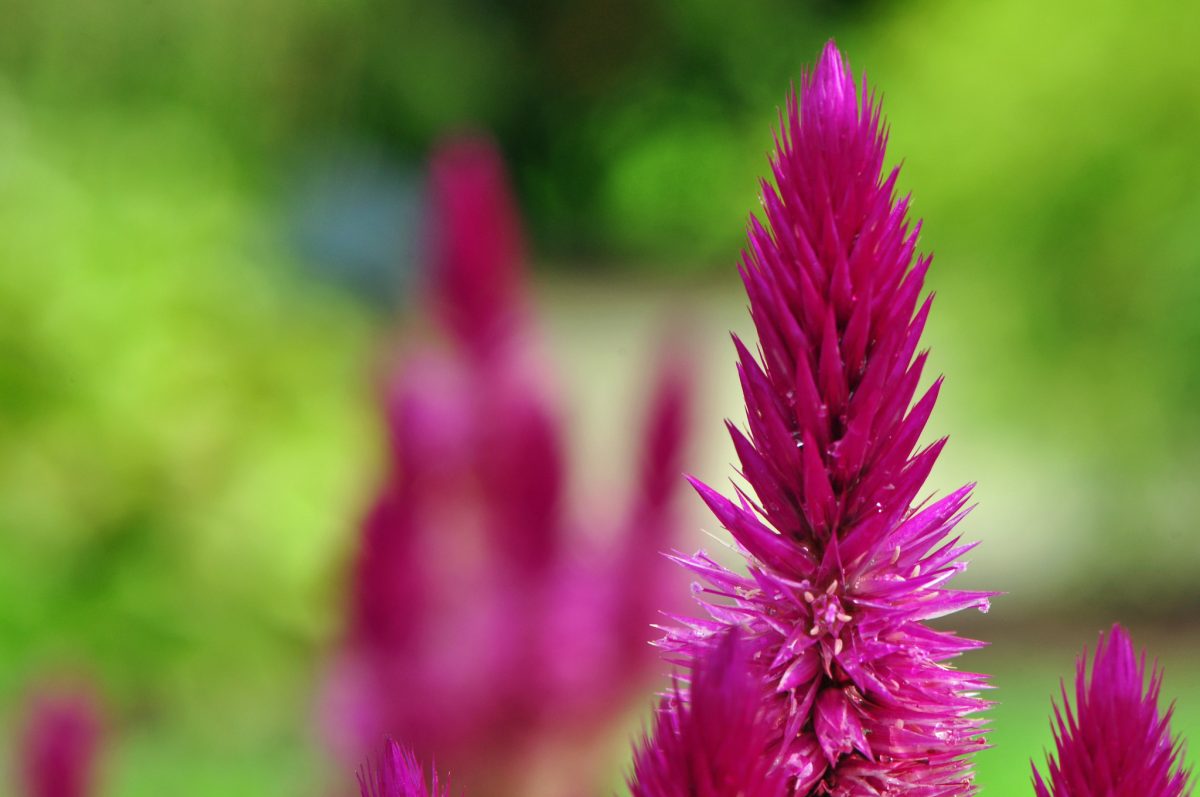

Celosia
Let’s start off with a uniquely shaped flower. Also known as “cockscomb”, these fall flowers will immediately brighten up any space you plant them in. Its blooms come in pink, yellow, red, and bright orange. Best for zones 1 to 13.
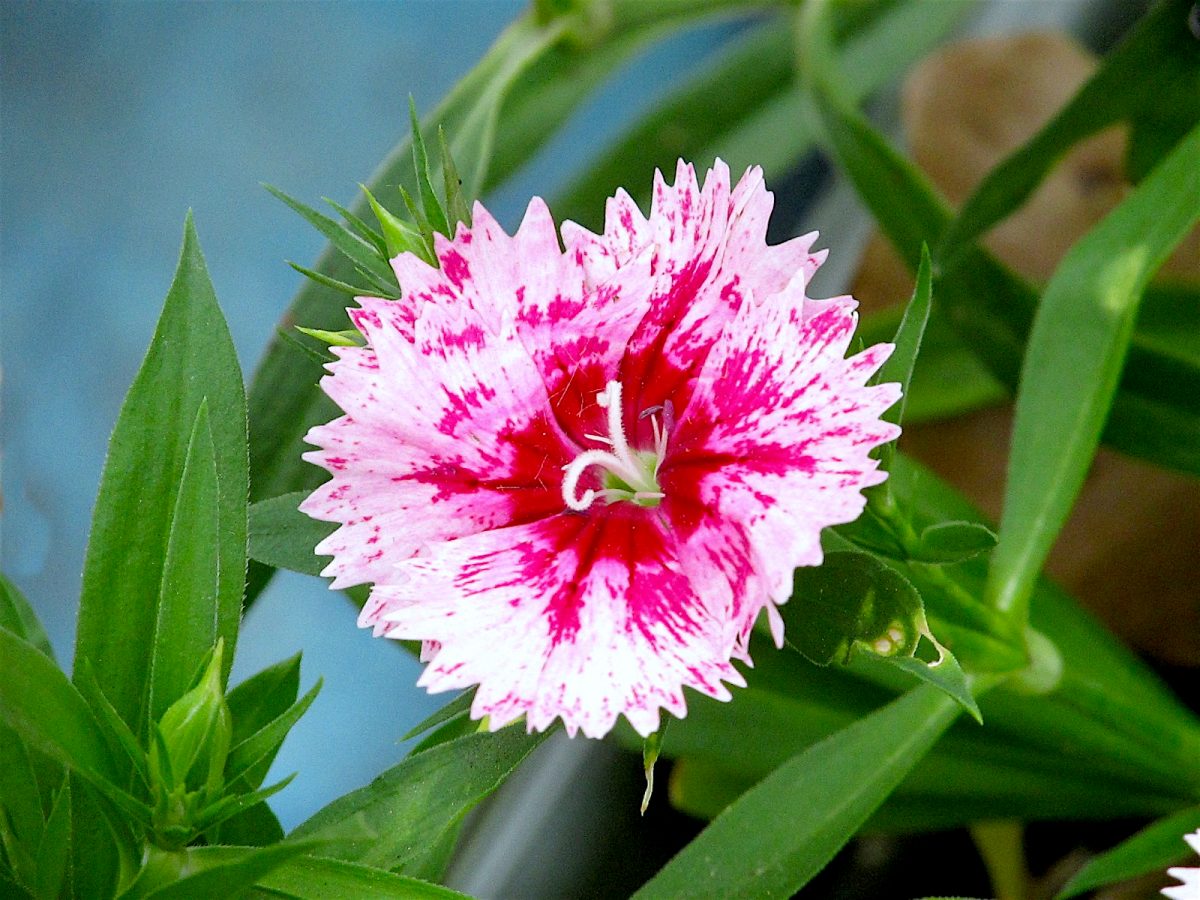

Dianthus
These cool-weather loving plants come with gorgeous pink flowers. Some varieties also come with white flowers, allowing you to mix and match. Dianthuses are also fragrant, so they’ll add a sweet scent to your autumn garden. Best for zones 3 to 9.


Japanese Anemones
They might appear fragile, given the thin stems, but these are hardy floral species. Japanese Anemones have purple flowers with bright orange centers, which make them eye-catching despite their small size. They thrive best in containers, which also prevent them from becoming invasive. Best for zones 4 to 7.


Rudbeckia
Commonly known as black-eyed Susans, these garden favorites are not only easy to cultivate, they provide a much needed pop of color during the fall season. The best bit? They come in different varieties and colors, providing some of the prettiest flowers for autumn. Best for zones 4 to 9.


Beautyberry
If it’s visual interest you’re after, then look no further than the beautyberry. It really lives up to its name, and its purple berries are such a treat to have for any garden—you can even turn these into a delicious jam! These plants are cold-weather resistant so you’ll get to enjoy their color even as it gets colder. Best for zones 5 to 8.
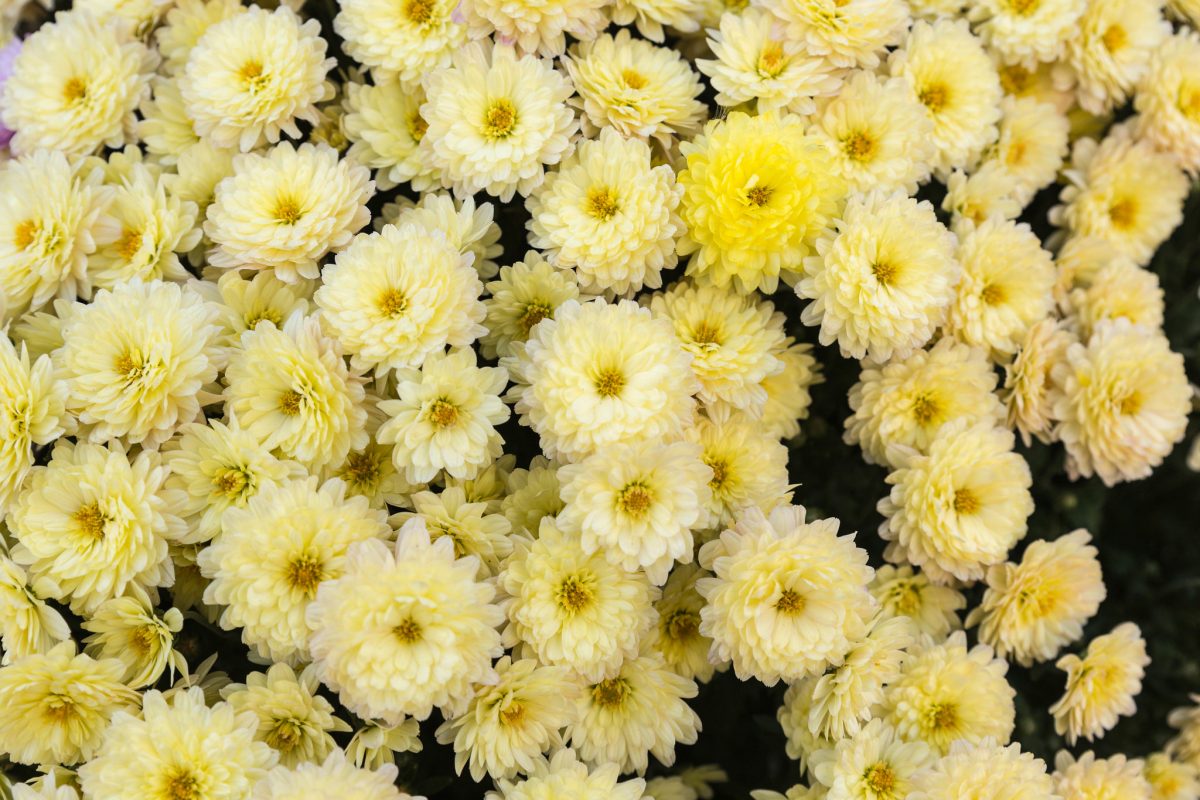

Chrysanthemum
These tried and true plants are a must-have for every fall garden—regardless of the season. They come in many different varieties, which makes them a favorite for many. You can even choose to keep these in large containers, which is great for people who don’t have a lot of garden space. Best for zones 5 to 9.


Iberis Autumn Beauty
Also known as candytuft, this Iberis variety is often used as accents for rocks or edges, since their cascade of white flowers are aesthetically appealing. You can also keep these in hanging baskets lining the path of your garden. Best for zones 3 to 9.


Turtleheads
These were named as such because of their resemblance to a turtle’s beak. The flowers are of a pale purple color, but turn more vibrant as the weeks go on. Moreover, the turtlehead can bloom for up to six weeks. Best for zones 4 to 8.


Heliopsis
It might be referred to by some as a “false sunflower”, but it is no less beautiful. The bright yellow–sometimes orange–blooms will really call your attention. The best bit? They don’t require as much maintenance. These fall flowers grow to a certain height and are best planted in the ground instead of containers. Best for zones 3 to 9.


Oak Leaf Hydrangea
Hydrangeas are known for being colorful and showy plants. They usually have blue flowers, but for this variety, expect burgundy, yellow, or red blooms. These also grow to quite a height, so plant them in the ground. Best for zones 5 to 9.
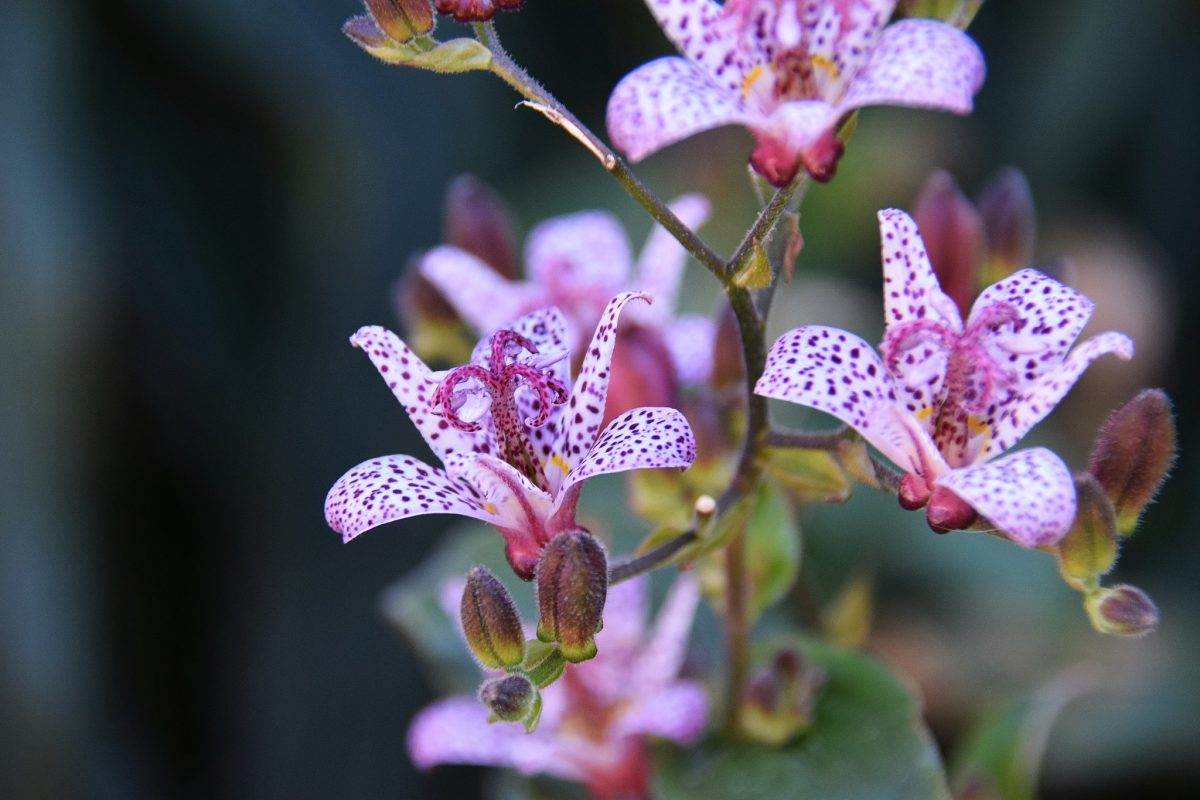

Toad Lily
Dipping into uniquely patterned flowers, the toad lily will certainly charm you. It produces white flowers that are speckled with purple or magenta. Imagine a white orchid that has been painted with dots! They are an unusual sight for the average fall garden, but these can easily become the centerpiece in yours. Best for zones 4 to 9.
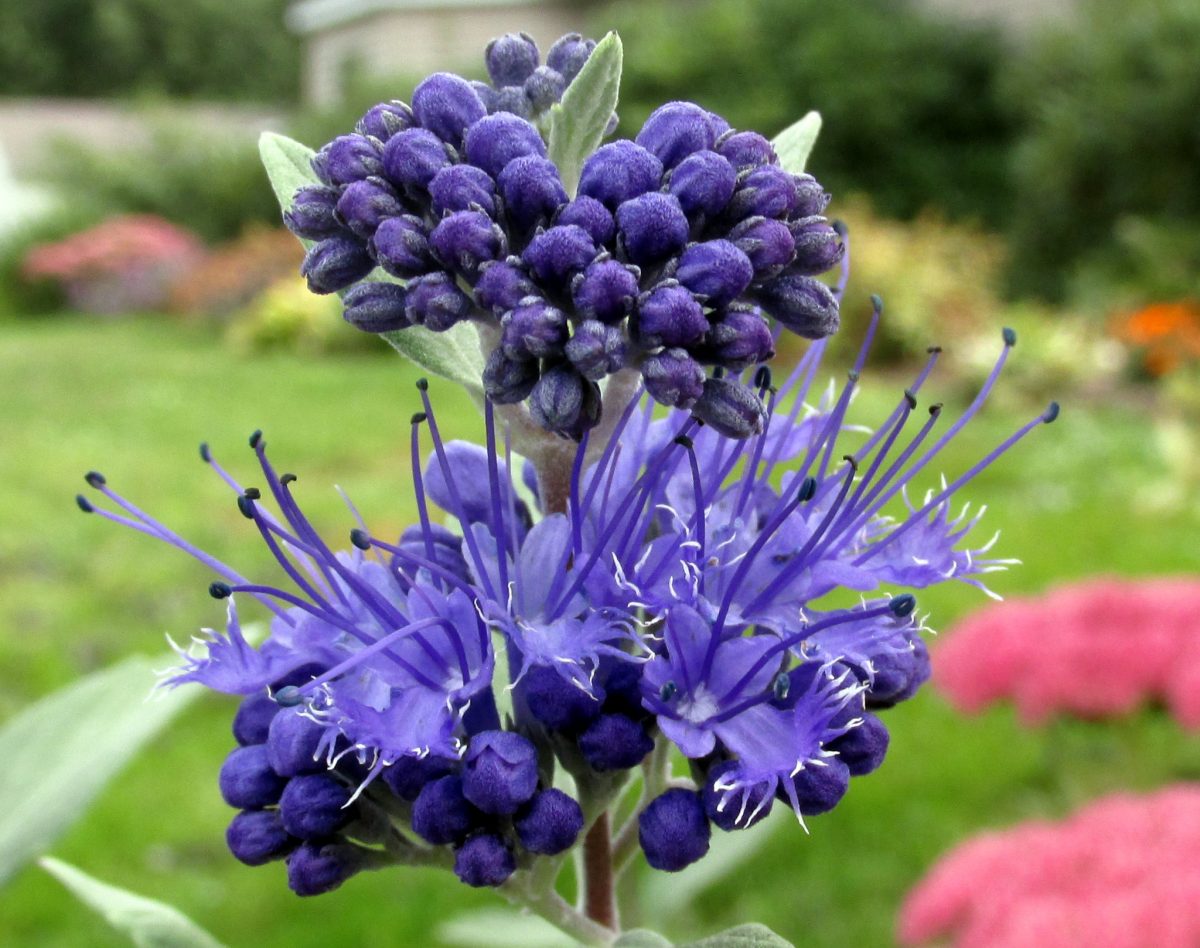

Caryopteris
From the usual fall colors of red, yellow, and orange, why not go for blue flowers in your garden? Also known as “bluebeard”, the caryopteris produces bright blue blooms, which look beautiful in groups or patches. Since they’re smaller than most plants, place them upfront so you can enjoy their color better. Best for zones 5 to 9.
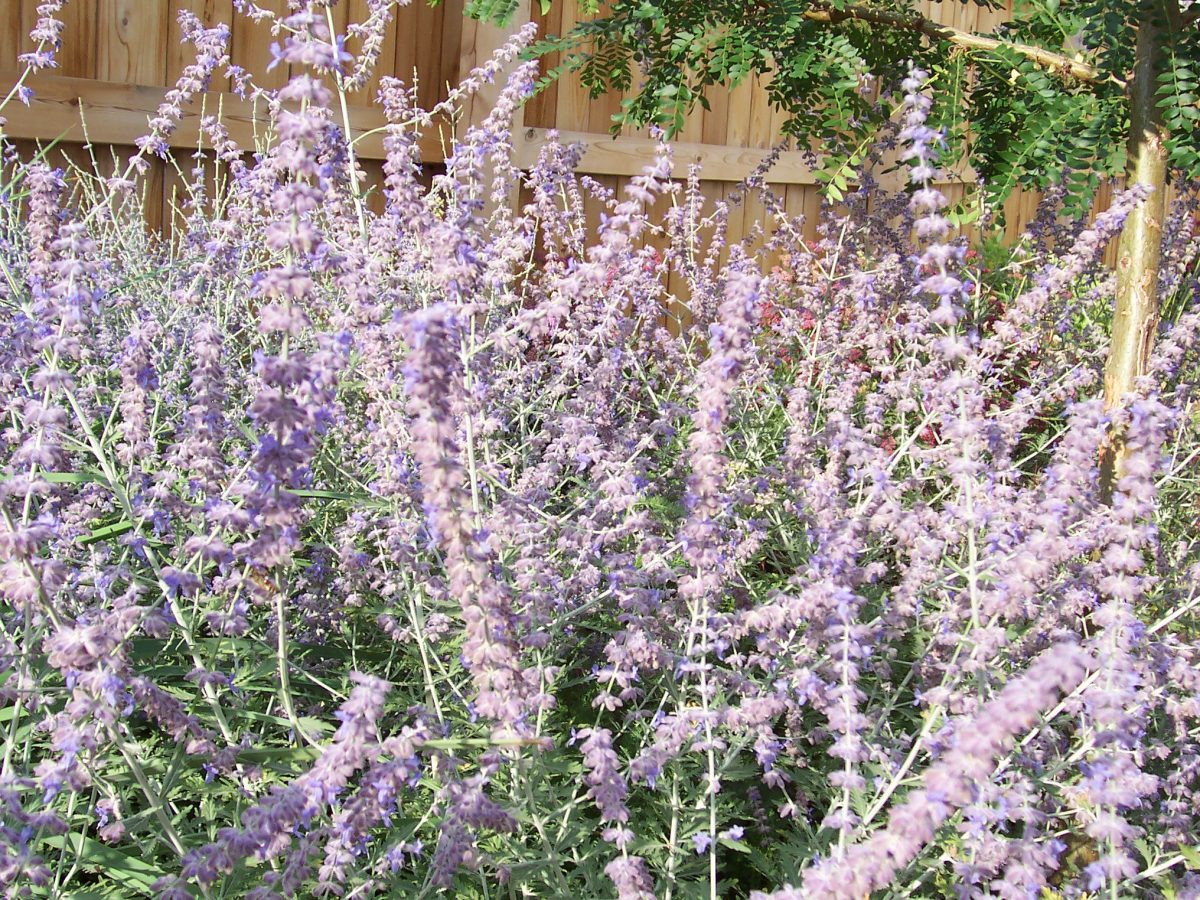

Russian Sage
The blue-silver blooms of this plant create a dreamy atmosphere when used in a fall garden. It’s a must-have due to its low-maintenance nature. The Russian sage is also a prolific bloomer and will complement most varieties of fall flowers. Best for zones 5 to 10.


Pansies
These are mainstays for most cool-season gardens. Not only do they produce colorful flowers, they can be used as ground cover and grown in hanging baskets too. You can spread them all over your garden to add a pop of color everywhere. Best for zones 6 and up.


Purple Fountain Grass
While these are not actual flowers, they can be used as the perfect accent to your fall garden flowers. It comes with burgundy and purple foliage, which will blend in seamlessly with the rest of your blooms. Its texture also brings an extra layer of interest. So, even if you have basic flowers such as chrysanthemums and dianthuses, everything will look like a well-coordinated bouquet if you add these! Best for zones 7 to 8.


Sweet Alyssum
Think of this as a colorful carpet for your garden. Aside from giving off a soothing, sweet fragrance, the sweet alyssum also provides ground cover for your landscape. It often comes with purple flowers, but there are varieties that produce pink flowers as well. Mix both to create an enchanting look for your garden! Best for zones 9 to 11.
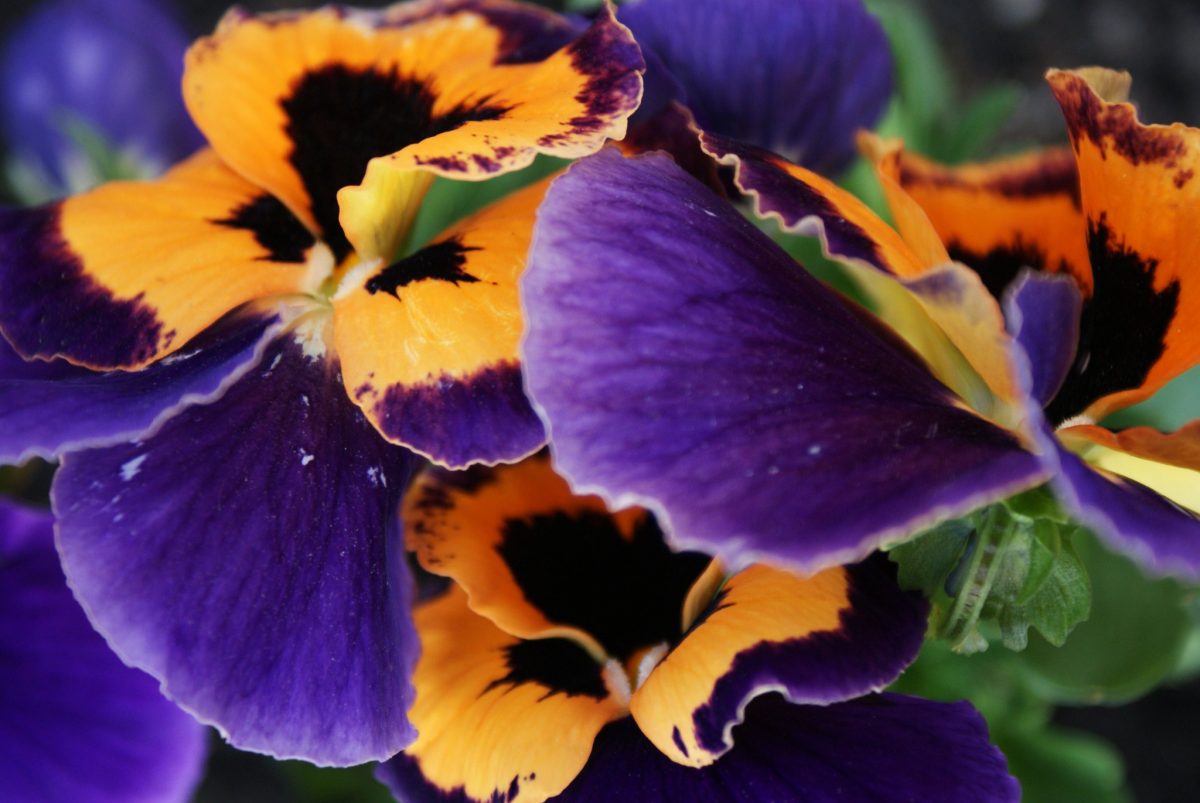

Viola
Similar to pansies, these also come in a multitude of colors. Since the blooms are a bit daintier compared to others, they actually hold up better against the elements. These can be kept in containers, in small garden patches, and even in hanging baskets. They are one of the most versatile fall flowers available. Best for zones 3 to 8.
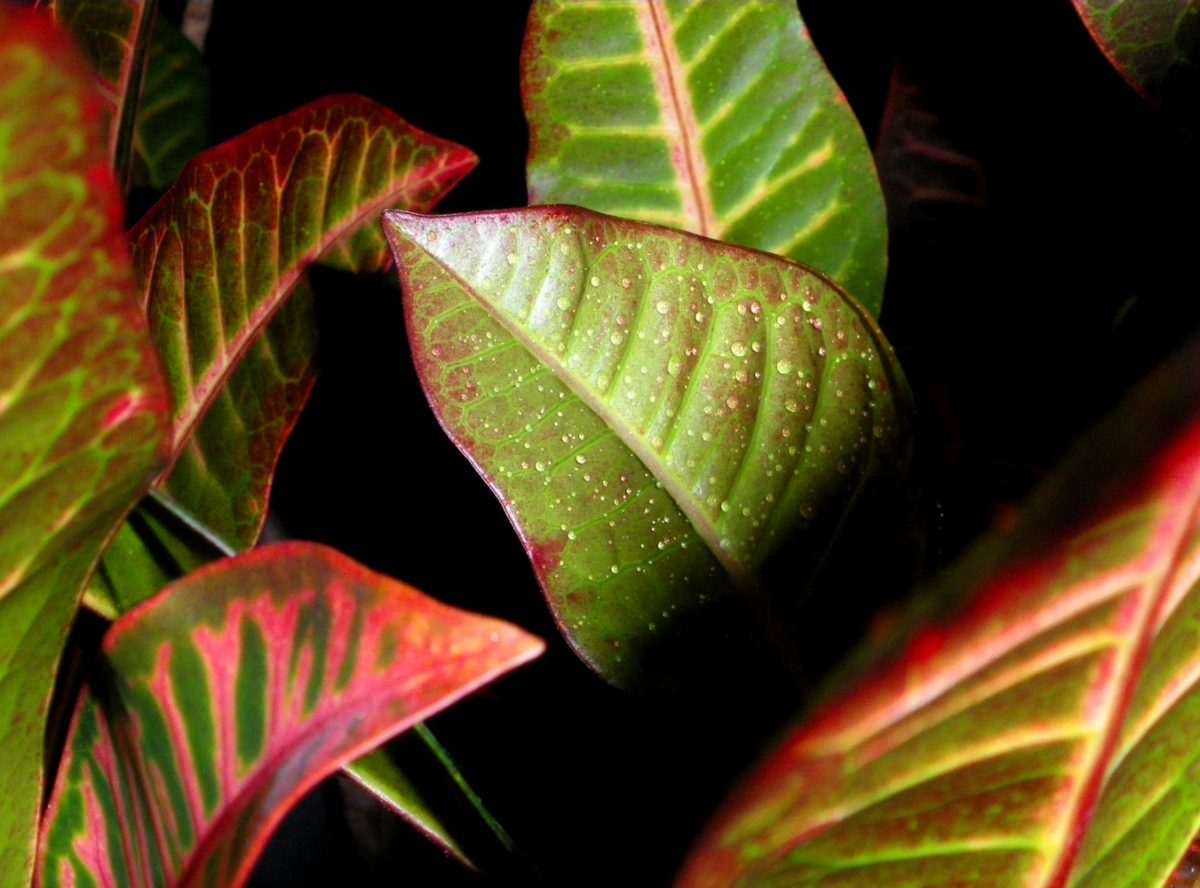

Croton
Aside from blooms, do consider inserting a bit of foliage into the mix. Crotons provide both color and hardiness, which makes them great companion plants among flowers. These come in purple, orange, and yellow, so you can mix and match. Best for zones 9 to 15.
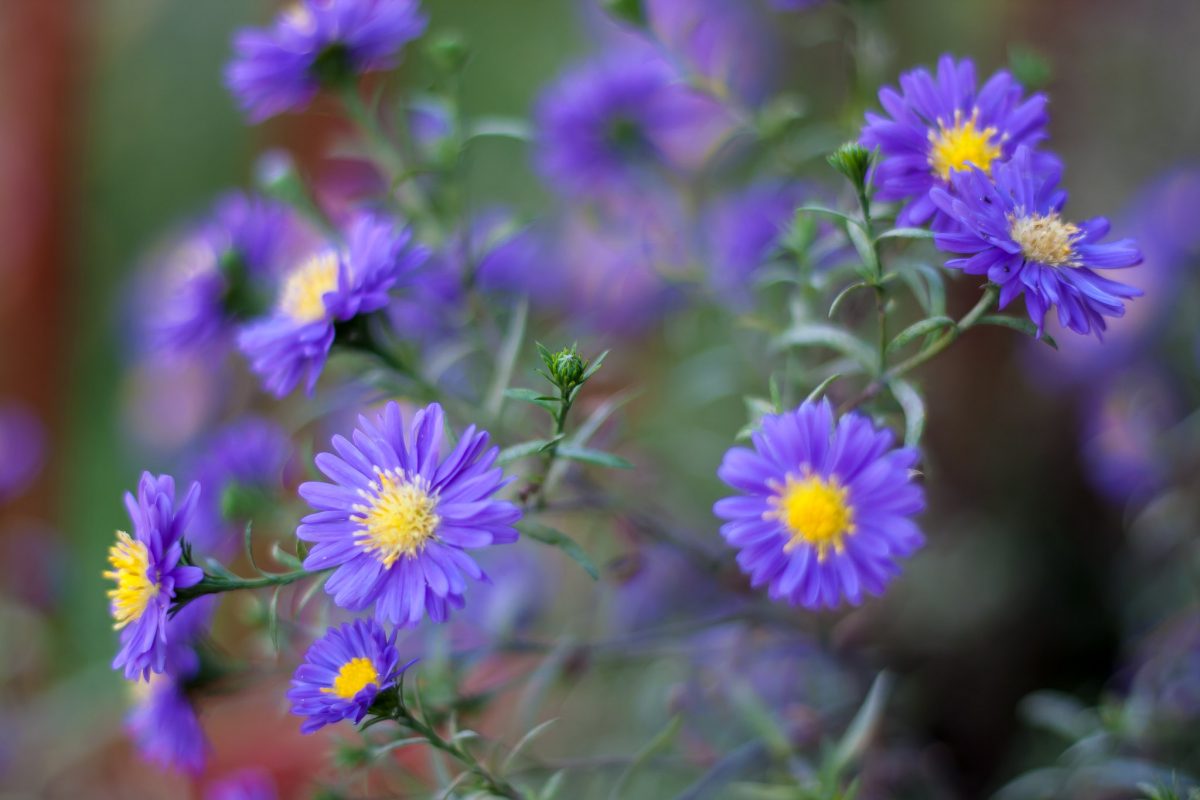

Aster
Want to welcome more butterflies and bees in your fall garden? Asters are some of their favorite plants to feed on. These come in a wide range of colors, including blue, pink, white, and purple. Mix different shades together to create a cool palette for your fall flower garden.
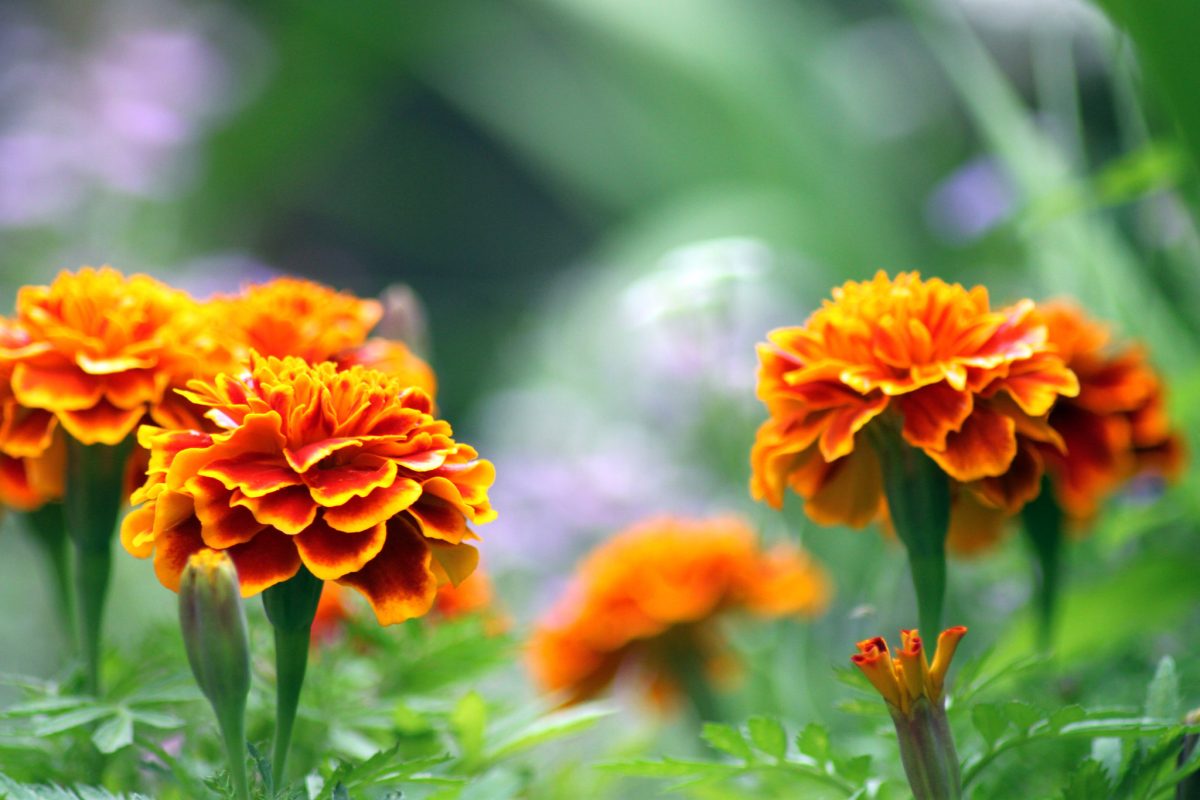

Marigolds
These fiery flowers are also major attractors for pollinators, so if you’re keeping a food garden alongside your fall flowers then marigolds are a must. These are hardy plants that can withstand cool weather and can be planted straight in the ground, or in containers. Did you know that they can even repel mosquitoes? Best for zones 2 to 11.
In Closing
These are just a few of the best fall flowers you can grow during the colder months. Whether you plan on growing these from seed or transplanting seedlings into your garden, make sure that you maintain and provide them with the necessary care. Your fall garden will only bloom if you nurture it well. Good luck!

